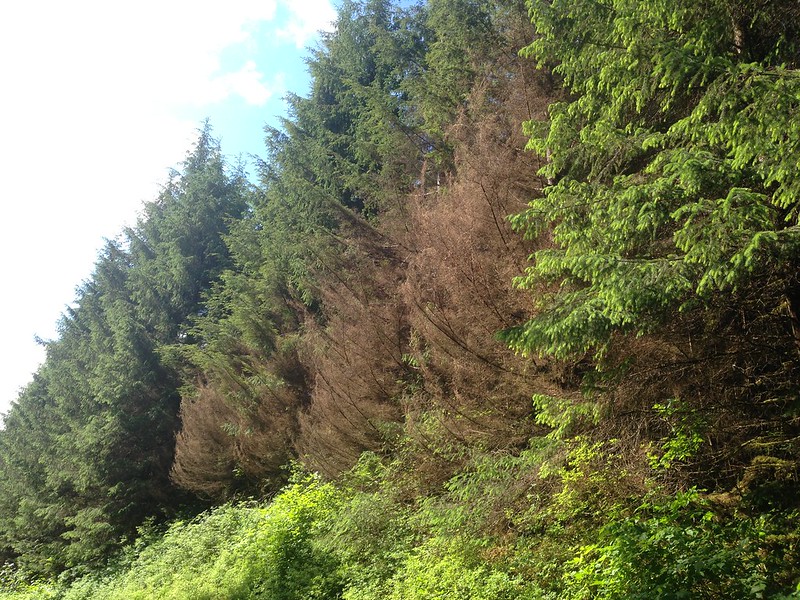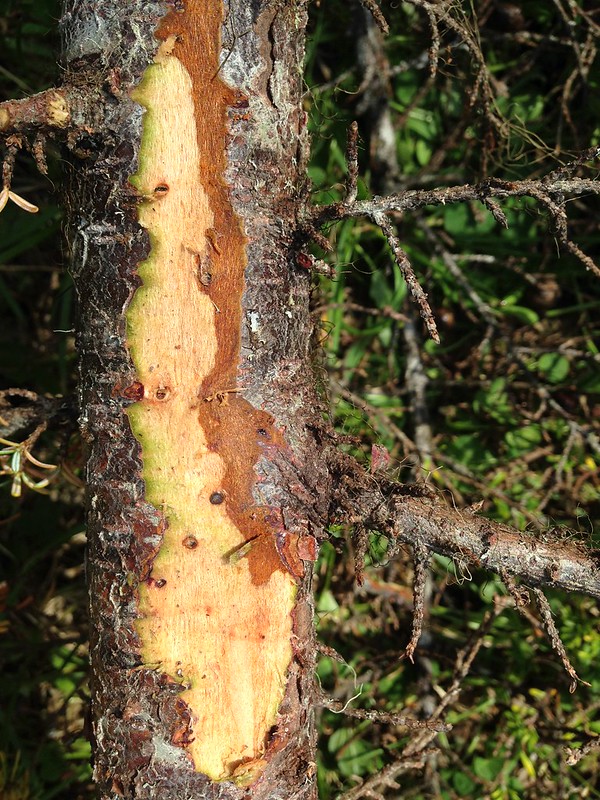Hemlock Canker
Caused by an unknown fungus
Host(s) in Alaska:
western hemlock (Tsuga heterophylla) mountain hemlock (Tsuga mertensiana); susceptible but rarely affected
Habitat(s): tree branches and boles
Content prepared by Lori Winton, PhD Forest Pathologist, Forest Health Protection, loretta.winton@usda.gov.
LINKS TO RESOURCES & PUBLICATIONS
Hennon, P. E. 1987. Hemlock canker on Prince of Wales Island. March 1987. Biological Evaluation R-10-87-3. 7 p. Scanned document converted to accessible pdf available here.
Hennon, P. E. 1992. Third reported outbreak of hemlock canker along roads of Prince of Wales Island. March 1992. Biological Evaluation R-10-TP-25. 9 p. Scanned document converted to accessible pdf available here.

There was negligible active hemlock canker damage in 2019-2021. A significant hemlock canker outbreak occurred throughout Southeast Alaska from 2012-2016, with the most substantial damage mapped through roadside surveys on Prince of Wales Island (see Map). Hemlock canker causes synchronized tree and lower branch mortality along forest edges and can only be aerially mapped when it occurs along coastlines. Recent outbreaks have persisted longer and been noted farther north (Juneau and Cordova) and farther from roads than past reported outbreaks.
Over the last several years, live tree inoculation trials have been conducted in collaboration with Dr. Gerard Adams at the University of Nebraska to determine the causal fungus. In June 2018, more than 500 live hemlock saplings were inoculated with 12 fungal isolates and a control treatment near Juneau. Lesion development was measured in 2019 and several top pathogens caused consistently larger lesion development than the control treatment. The pathogen that caused the largest lesions was Pezicula livida (or a closely related species), followed by Allantophomopsis tsugae, Discocainea treleasei, Chalara sp., Dermea sp. and Caliciopsis sp. Identification of our Pezicula and Dermea isolates to species will require DNA sequencing of at least four different genes and may yet remain as unnamed species (not previously collected and molecularly identified).

Hemlock canker causes synchronized mortality of small and medium western hemlock trees and lower branches of large trees. Diseased mountain hemlock have rarely been observed in severely affected forests dominated by western hemlock. Symptoms include bark lesions, bleeding or resinous cankers, and branch or small tree mortality; the disease usually does not kill large trees greater than 14 inches in diameter. Disease behavior suggests it is an aggressive, annual canker, rapidly expanding in host tissue during one or two growing seasons to girdle branches and tree boles. This disease is most often seen along roads and natural openings (along creeks and shorelines), with most symptomatic trees within 100-300ft of roads or openings. The microclimate in openings probably contributes to disease spread or development. Road dust was thought to be a predisposing factor in the 1990s, but outbreaks continued to occur along gravel roads that were subsequently paved. Resistant tree species (spruce and cedars) may benefit from reduced competition in affected stands, and wildlife habitat may be enhanced where hemlock mortality promotes increased herbaceous vegetation in the understory. In some cases, hemlock canker has extended far from roads into thinned young-growth stands killing intended crop trees, but normally disease does not have a large impact on timber production or forest management.
